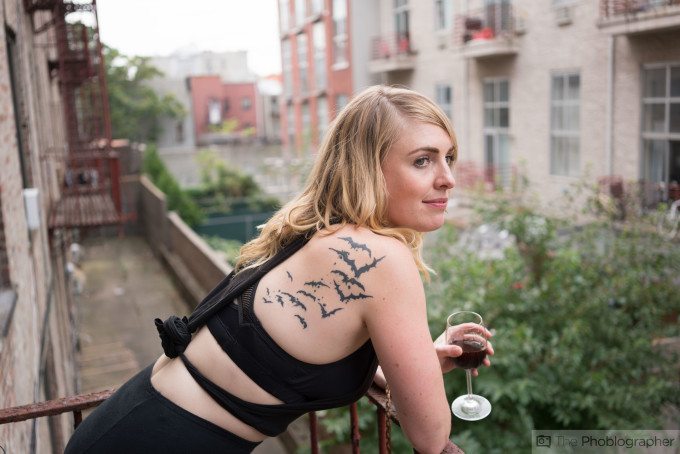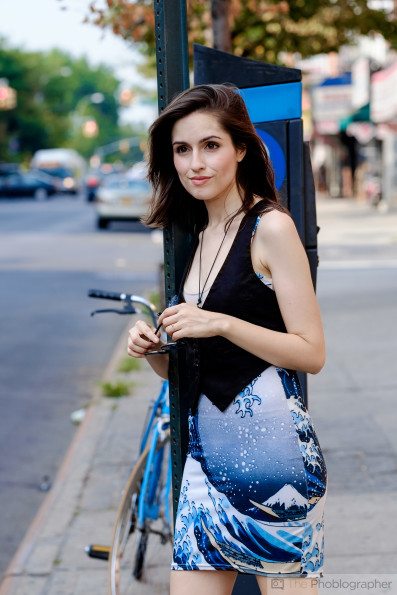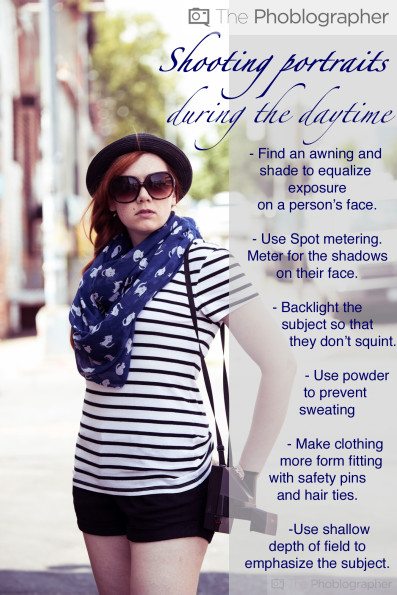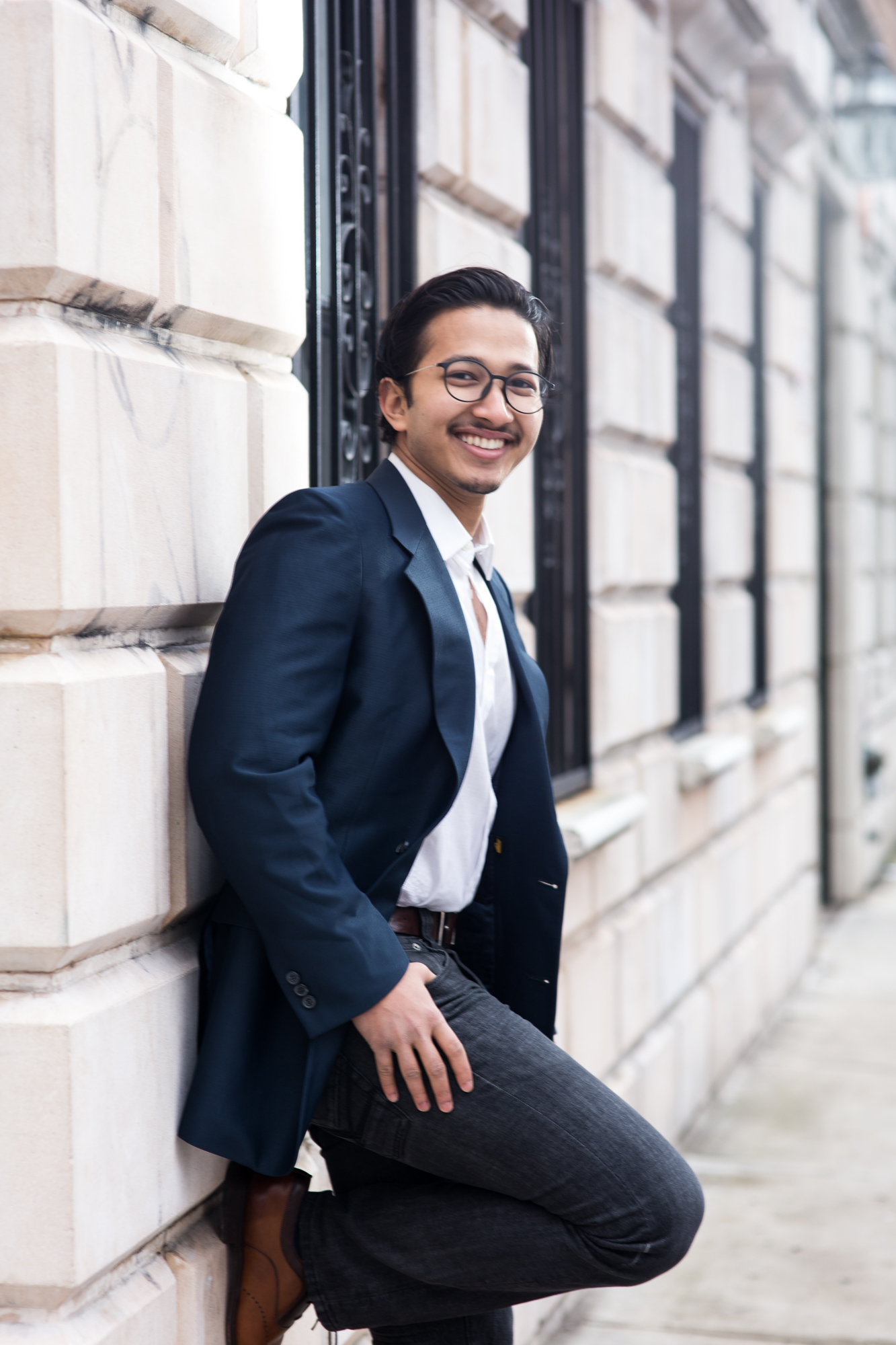
I have an actual confession; one you wouldn’t have ever thought would come from me. Every time I prepare myself to create a portrait, a part of me is absolutely frightened. But I’m not alone. Lots of photographers when they first start out in portraiture are scared of the results that they may create, are nervous, and sometimes are just at some sort of creative loss. Years down the line, I still am; but I’m really good at hiding it.
Deep down though, I fully acknowledge that I’ve got very little to really be afraid of and that instead, the person I’m generally photographing is super nervous, scared and antsy.
Let me explain: I’m so incredibly scared of shooting portraits for a couple of big reasons.

- I’m steadily going more and more blind.
- I put lots of pressure on myself to deliver the best photo I can the first time around without wasting time. Sometimes it’s a budget issue, sometimes it’s a time constraint issue.
- The person in front of me is trusting me and confiding in me. It’s my responsibility to help them help me create a better portrait.
- It’s up to me to find a way to express and communicate my creative vision in the image that I’m trying to create. This person isn’t a mind reader. That requires careful communication of ideas.
All this, though it may not seem that way, is much tougher than you’d think. There are lots of elements that go into a portrait that somehow or another need magically click together like pieces of a puzzle. Let’s take a look at those responsibilities. First off, there are the technical details:
- Focusing on the eyes. Though to me, that’s significantly less important than focusing on the subject as a whole.
- Colors and skin tones
- Lighting
- Composition
To be very honest, all this stuff is significantly less important to me; and in some ways I consider it personally frivolous and amateur to sit here complaining about details like this. Instead, I’m seriously always thinking about the bigger things:
- A flattering pose
- Flattering light
- Wardrobe
- Location
- Expression
- The connection between the person(s) and the camera
- How much I can hide a person’s nervousness
- Giving the right directions and explaining them in such a way that time isn’t wasted. Sometimes there just isn’t much light around and the look that I want requires the specific light.
- Telling the portrait subject about the framing that I’m working with so that they know not to go outside of a specific set of boundaries
- How can I get the shot I need in as few images as possible?
- Is there a specific detail in the image that I’m missing?
Shooting portraits is in no way, shape or form really simple. In a world dominated by photographers who try to be Instafamous for showing off nothing else but photos of women in barely there clothing, what still really is important is a creative vision. Some of those photographers have that vision, but the real art behind creating a compelling portrait has to do with good communication between a photographer and their subject. There needs to be a level of trust, and luckily I usually get that within the first few minutes. But the other layers on top of that have to do with people skills.
Good portraiture in some ways is almost like conducting an orchestra. There are elements and sections and all of them need to be carefully coordinated, timed, and set to a tempo in order to create a production that people are satisfied with.
And if anything, remember that the biggest part of portraiture has to do with the fact that you, yes you, are responsible for ensuring that the person you’re photographing comes out stellar in the final image.



